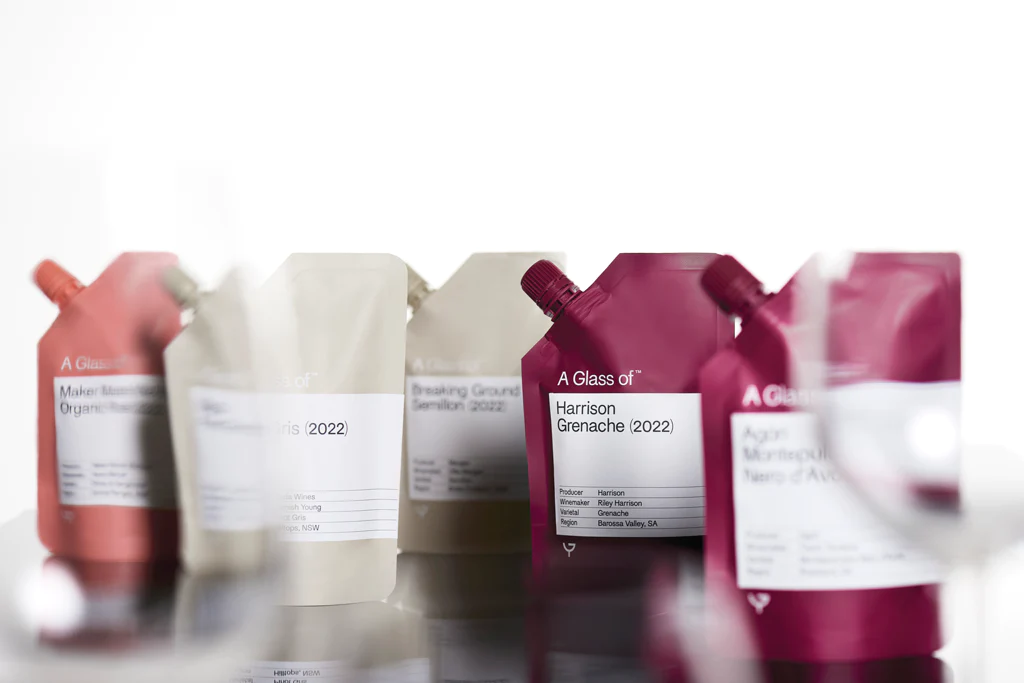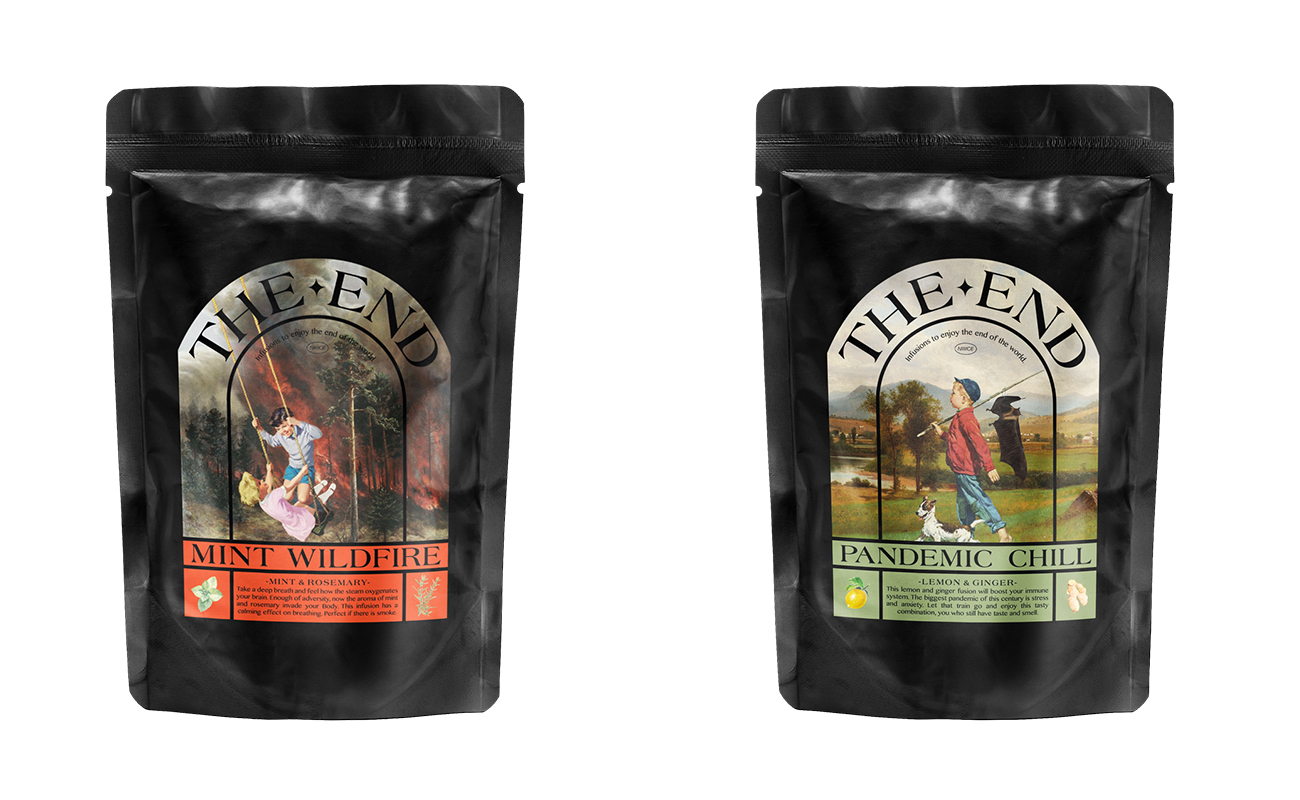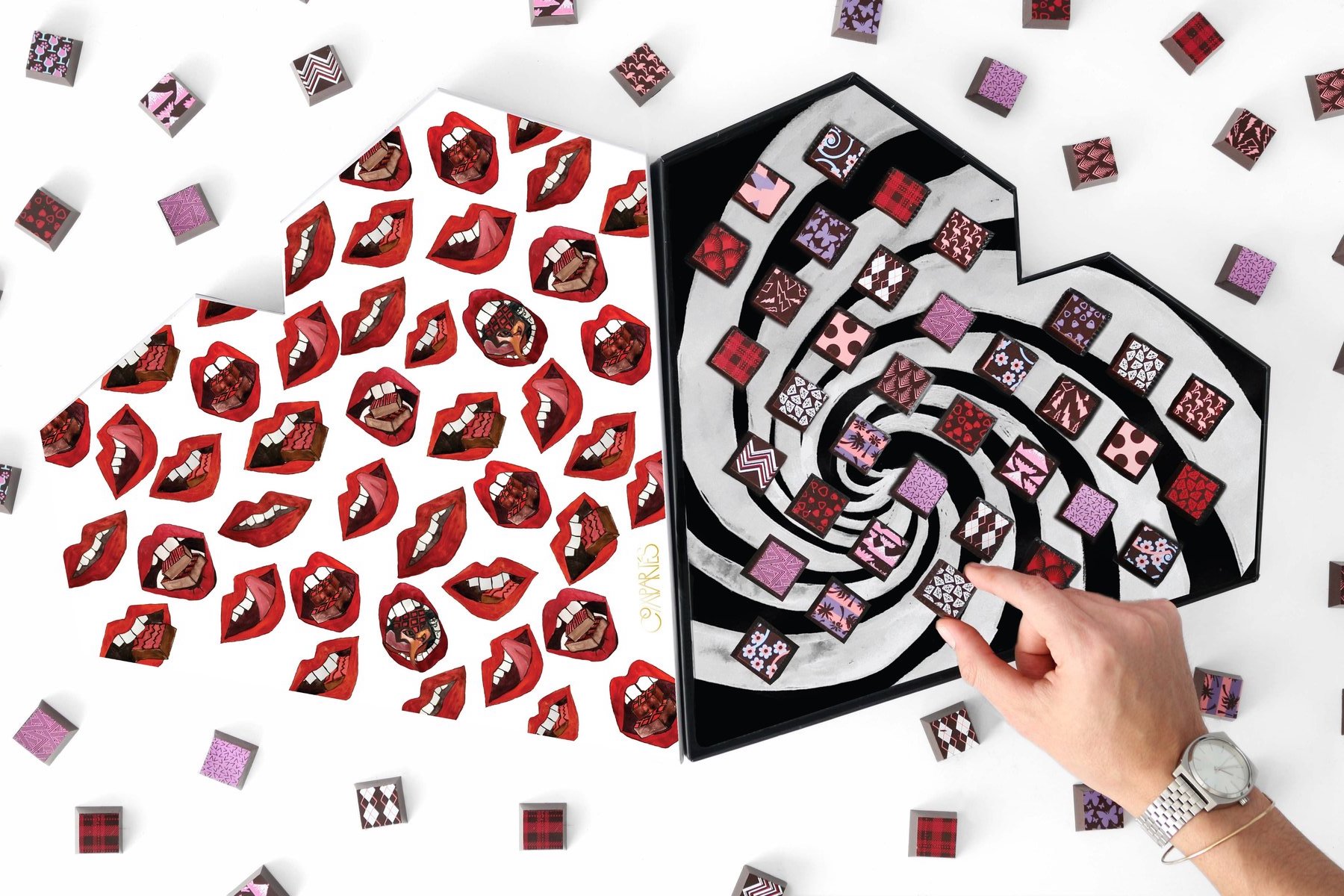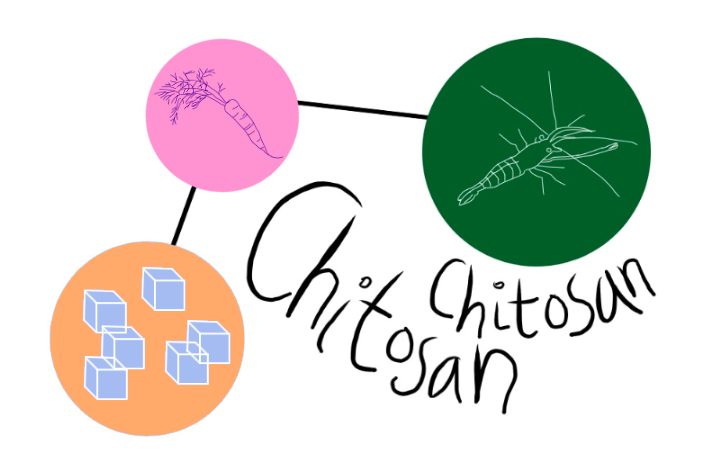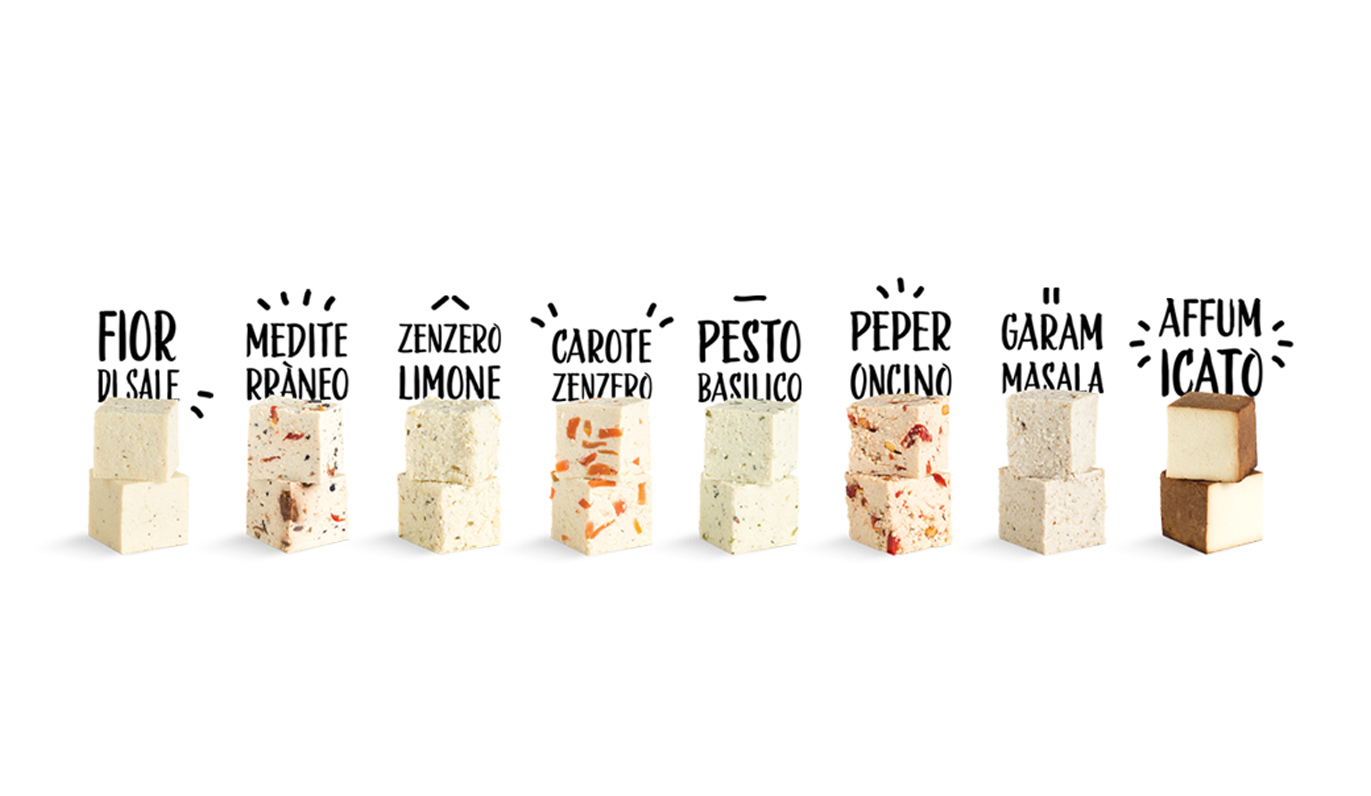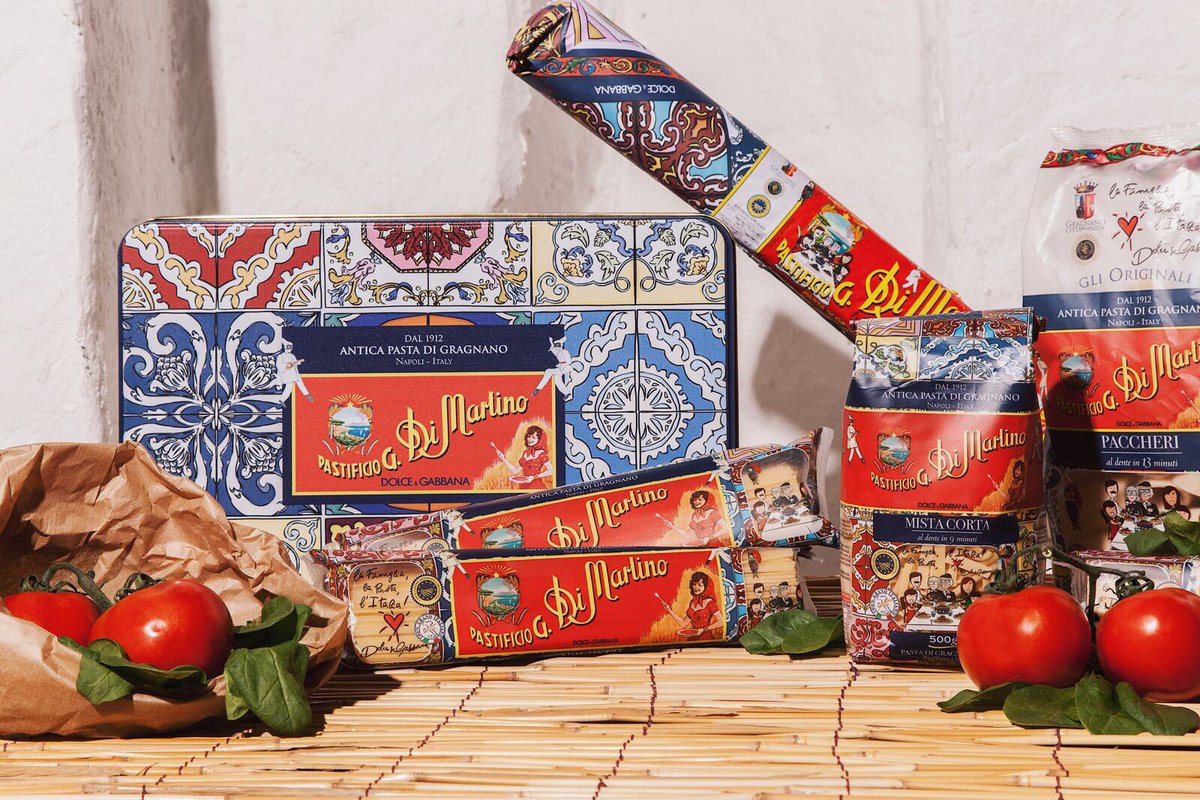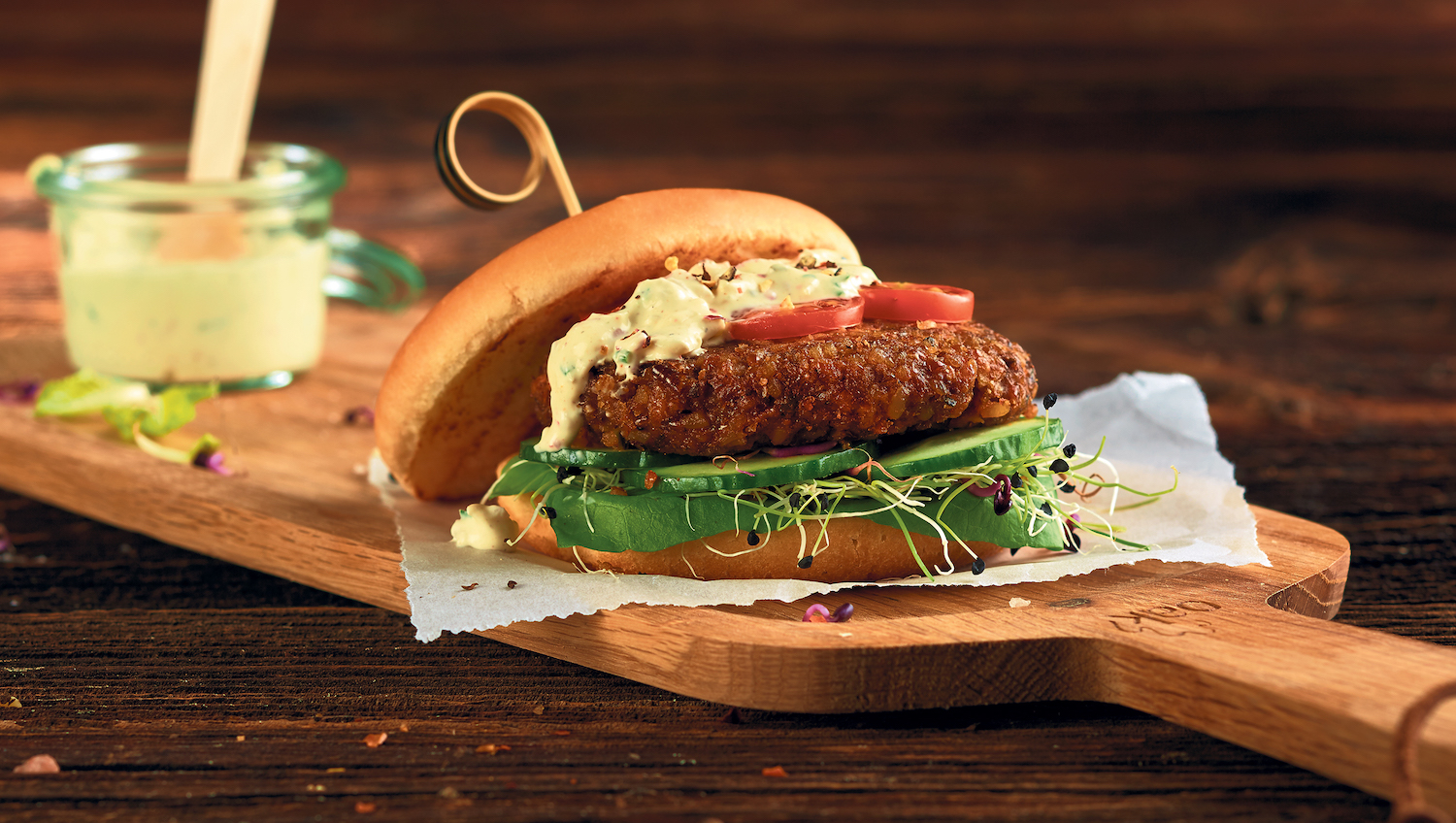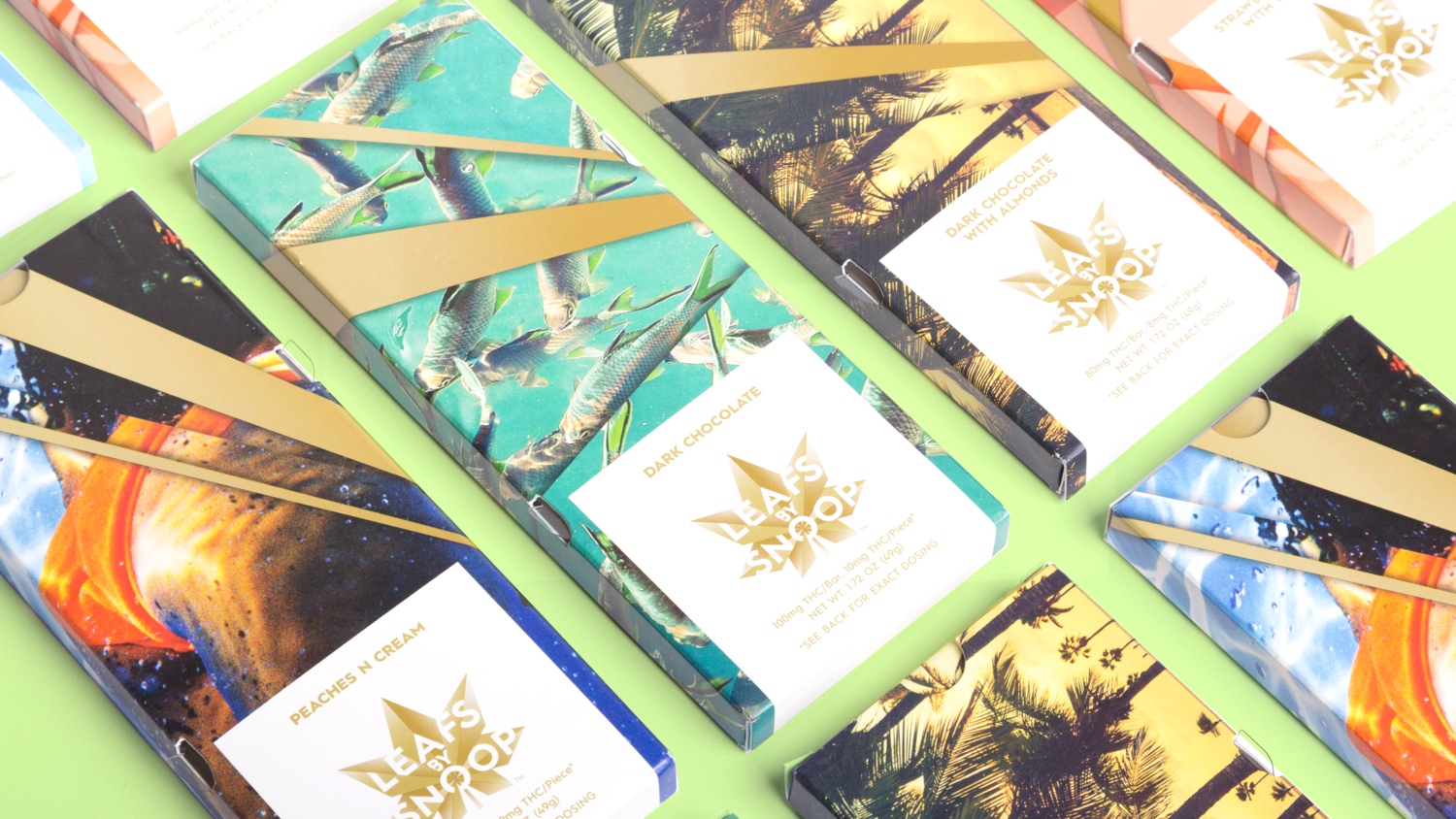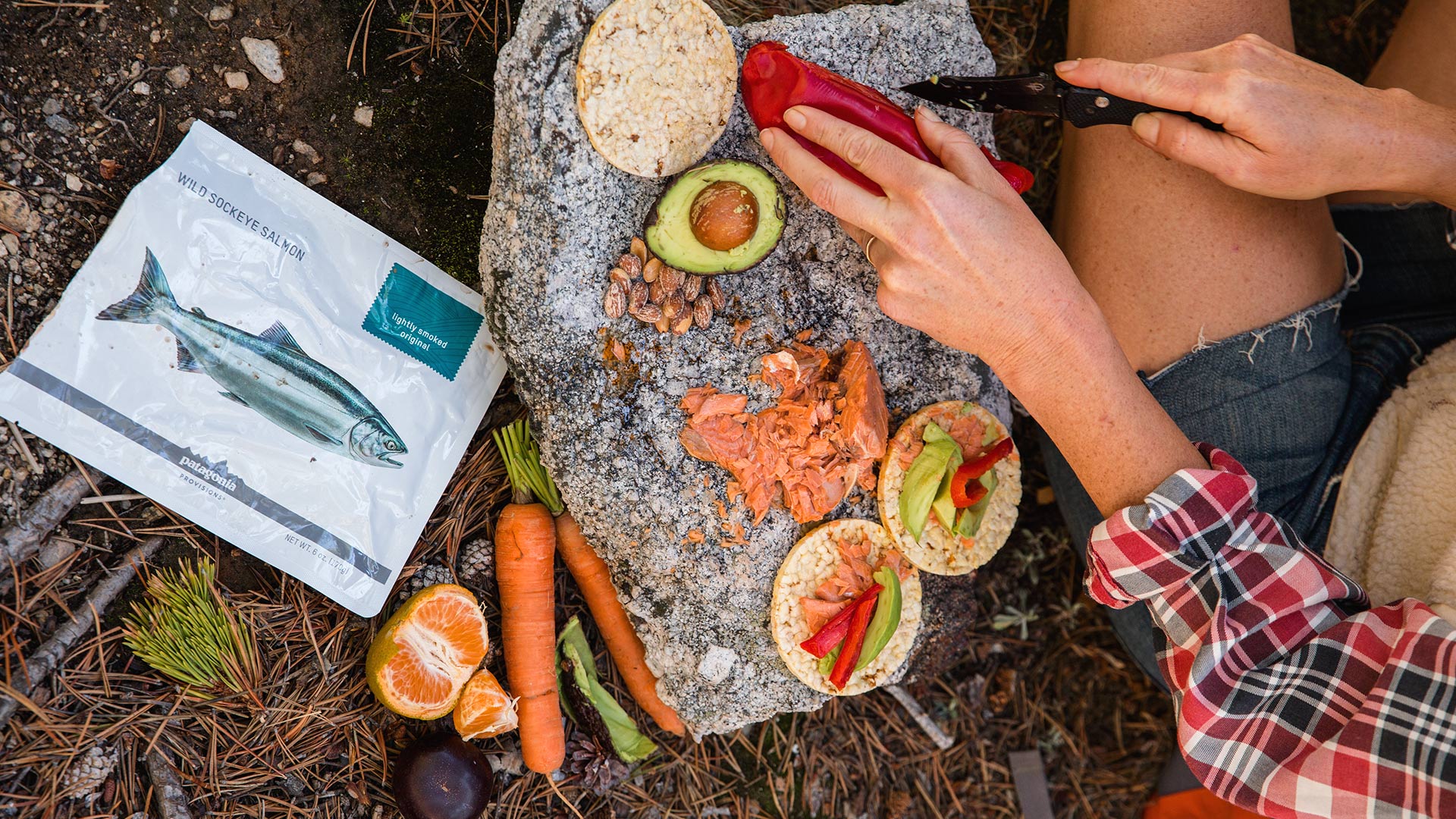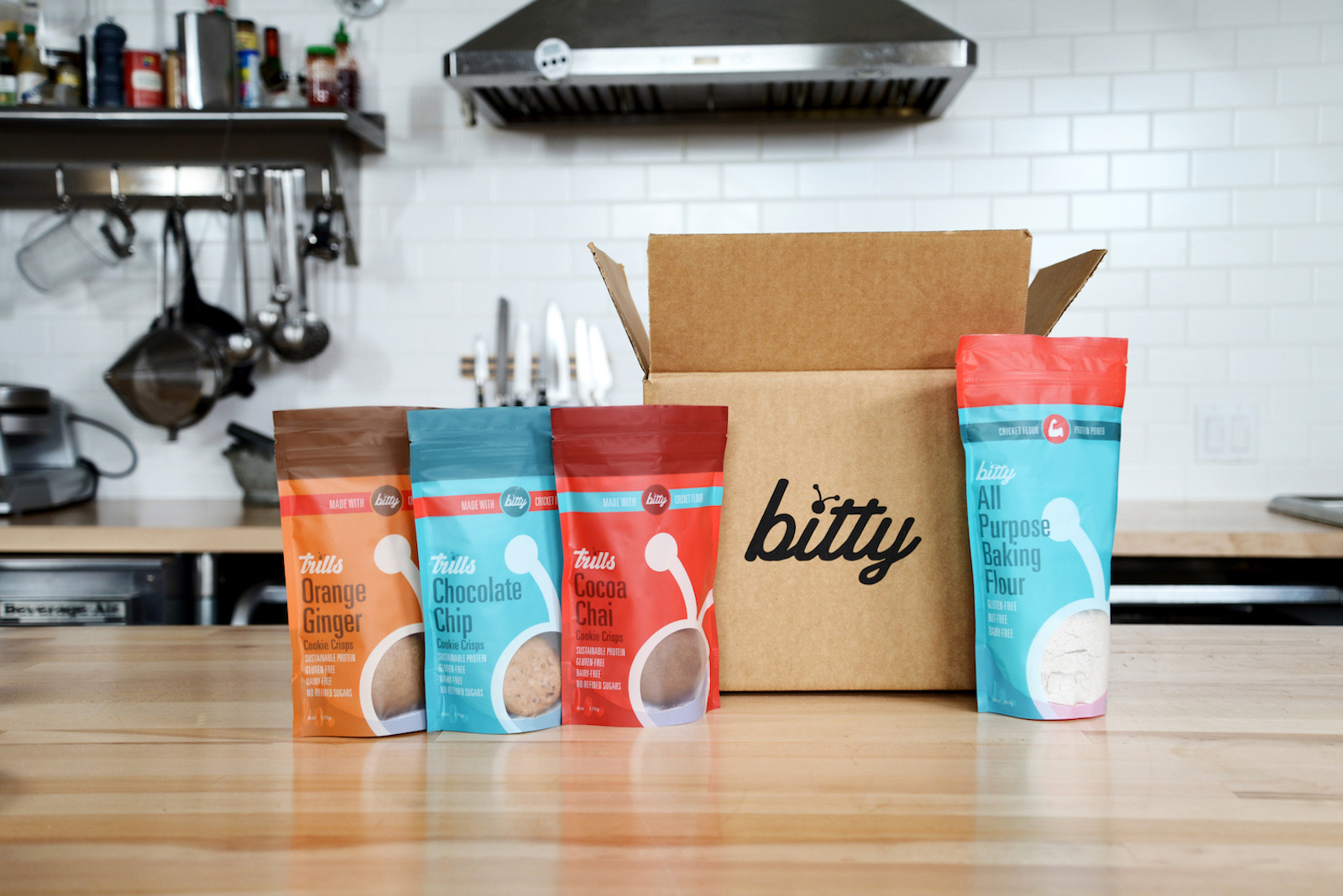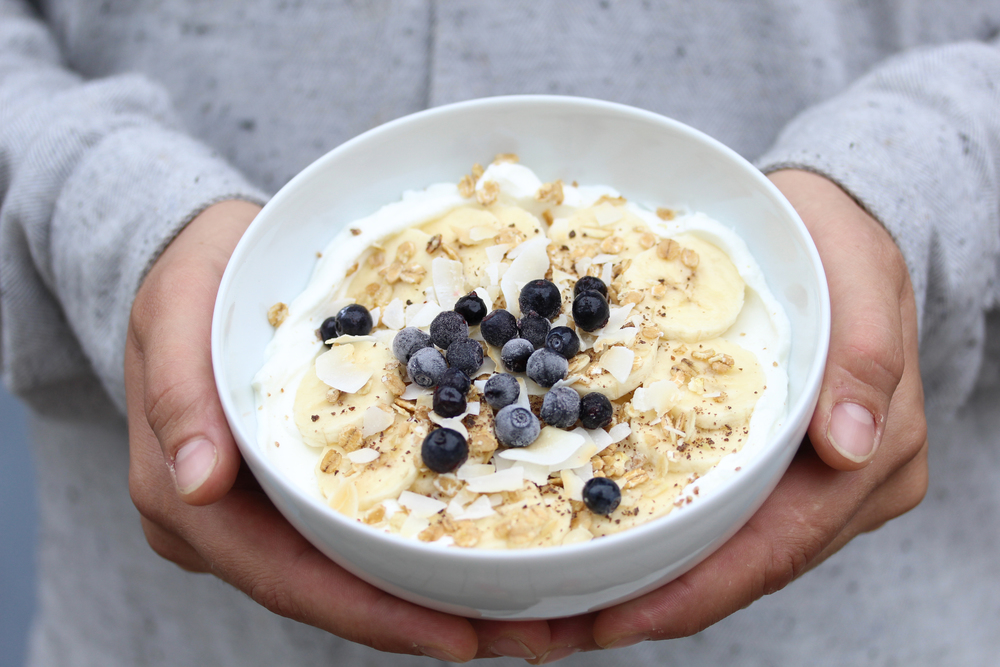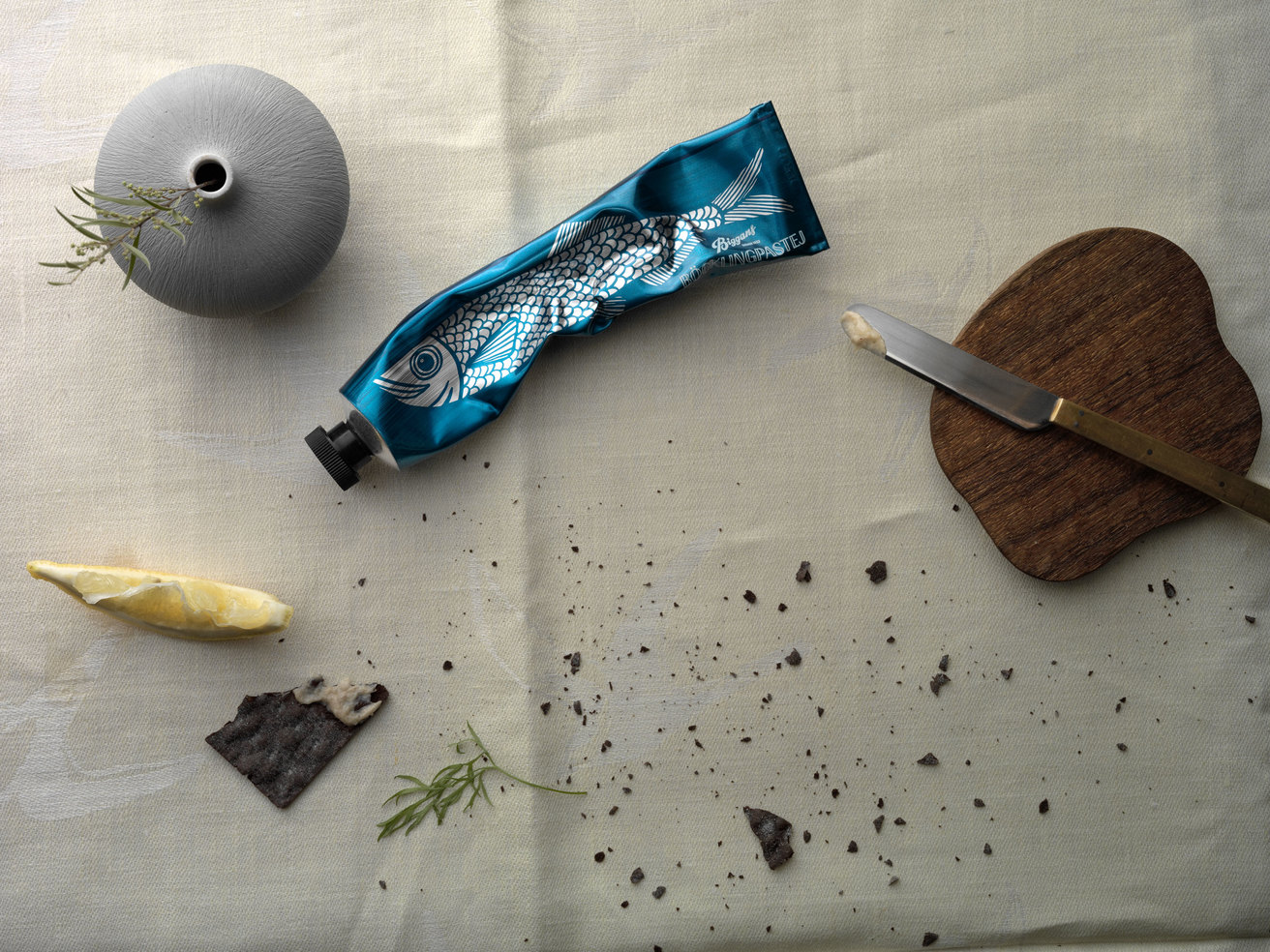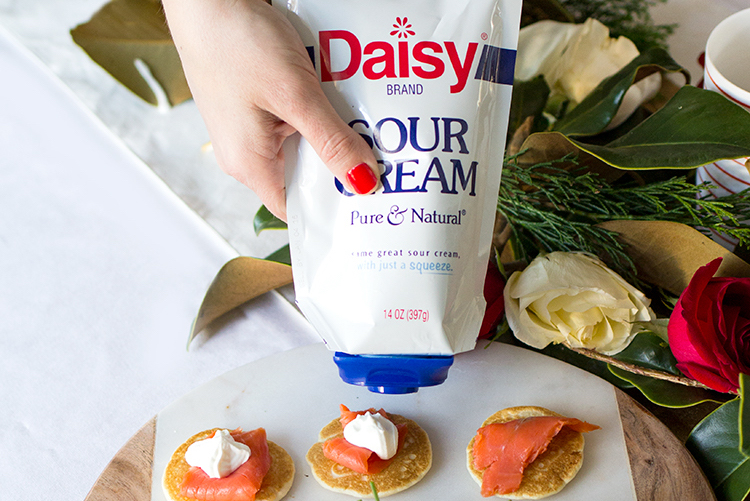It’s 3pm and you want something salty, crunchy, and healthy?! You could munch on toasted crickets, or pick up a more readily available bag of toasted beans. In the past couple years a variety of companies have introduced packaged bean snacks that combine crunchy cravings with a healthy lifestyle. But for a public used to associating beans with undesired bodily functions, convincing consumers to swap their chips for chickpeas requires clever branding. We survey the brands designing a new public profile for beans of all types.
Enter The Good Bean, which sells a range of toasted beans in resealable pouches. Their most widely-available product is their chickpeas, which come in a variety of flavors to satisfy every taste. There’s sea salt, chipotle and cocoa, among others. Each package depicts a story inspired by the flavor. Sweet cinnamon chickpeas tell a tale of fisherman sitting on cinnamon stick log, hoping to get a chickpea as a catch. Savory black pepper chickpeas show a man cracking pepper in a field of beans. Unlike other snack mascots who just look cool, the figures on The Good Bean do something, implying that they are energy-packed and health inducing. Add in a story and The Good Bean proves chickpeas are just as entertaining as a mass-produced salty snack.
Brami also uses the mascot/story technique to lure new customers to an unfamiliar product. While people are familiar with chickpeas, Brami sells obscure lupini beans. To make them familiar, Brami puts a hand draw character on the front. The doodle-like aspect of the figure feels approachable, even if you have no idea what you’ll find inside. Apparently, ancient Romans adored lupini beans and the image contextualizes this. The word “bean” is not used on the front of the package, which deflects potential customers from dismissing the snack as a bland health food. On the back, the package tells people to “feel good conquering hunger,” equating the contemporary desire to sate hunger pangs and the desire to be healthy with the gladiator’s battle. As a food designed for the contemporary diet, Brami positions their beans as a fun and historically-proved way to snack while being healthy.
While Brami and The Good Bean use mascots to position their products as a fun and healthy option, Snack Out Loud emphasizes the plant purity of their product. There is no drawing or figure on the front of the package, just photos of the toasted beans and the ingredients that flavor them. The beans are photographed in a large vat, emphasizing just how many of them there are in a pack. While the larger bags could resemble a small potato chip bag, the smaller pouches have a long, slim shape that resemble a bag of nuts. In this sense, Snack Out Loud aims to incorporate those already familiar and habituated to healthy snacks into their consumer base. For this clientele, beans are a known food, but need to be shifted into the realm of snacks through packaging and imagery.
Although protein-packed snacks have become the darling of the health food store, customers continue to crave salty treats, giving bean snacks the perfect audience. At once healthy, crunchy and portable, the products surveyed above demonstrate how a maligned food can brand itself to become a snack market success. Cleverly designed packages allow these brands to reposition how the consumer perceives beans, giving the product a shelf appeal its otherwise lacking. Protein might be the future, but if these brands have anything to say it will be plant, not animal protein, that dominates the contemporary diet.



